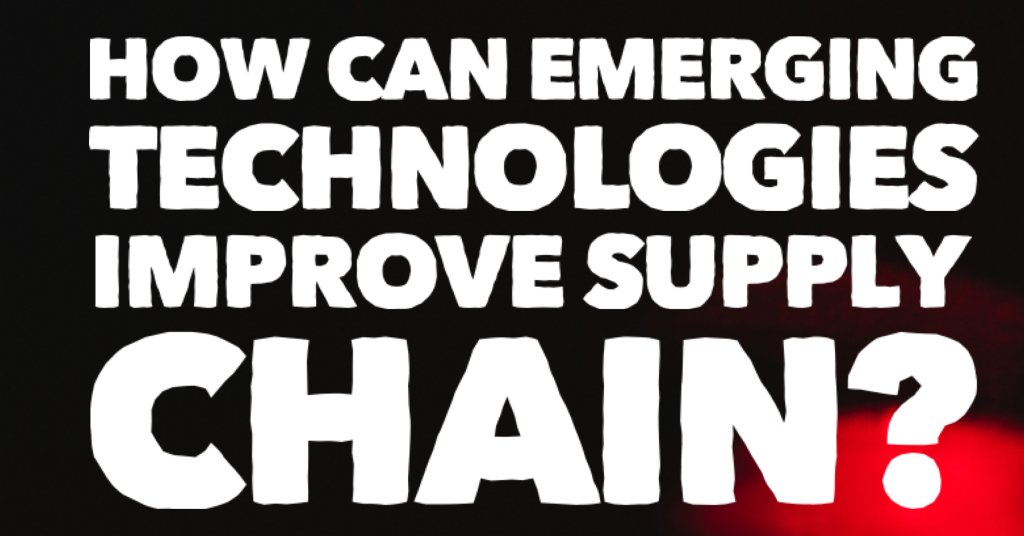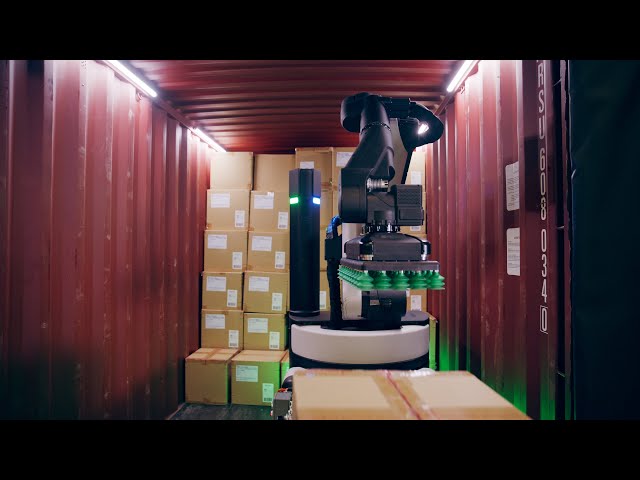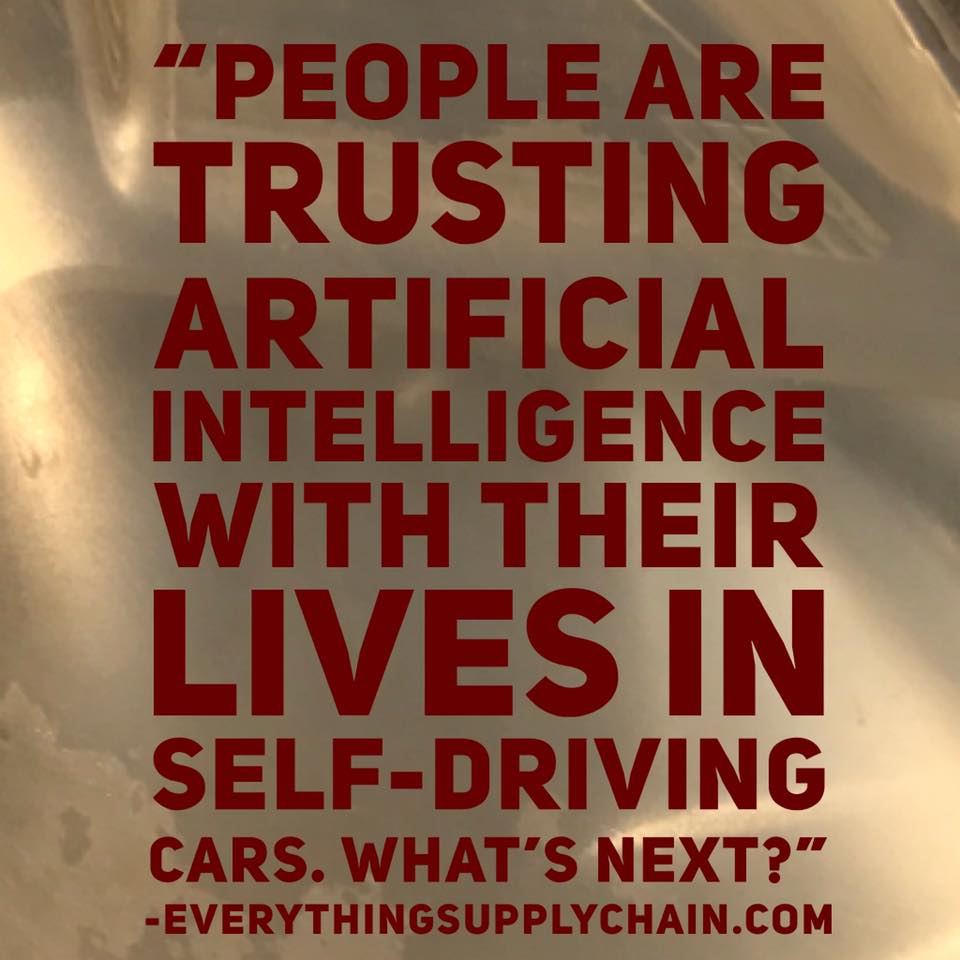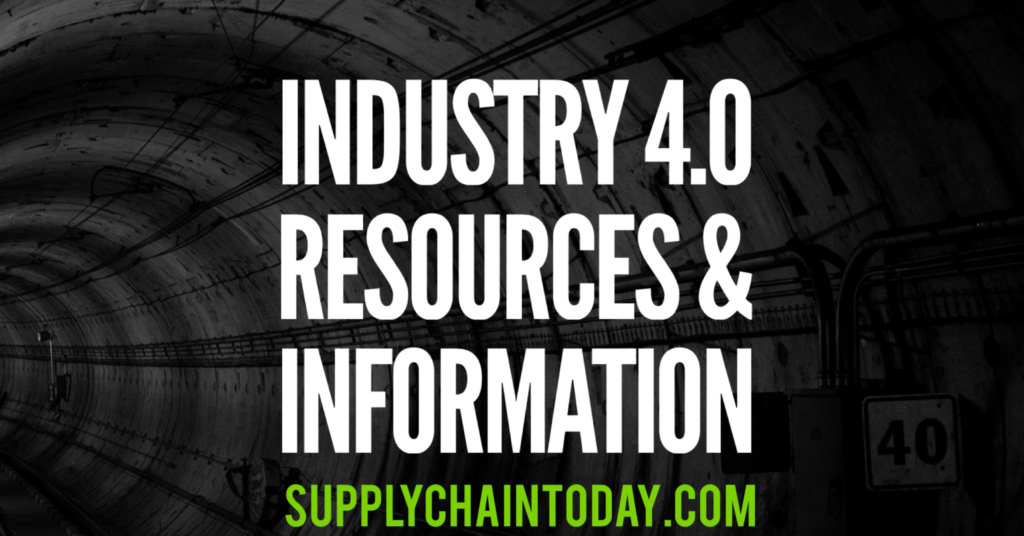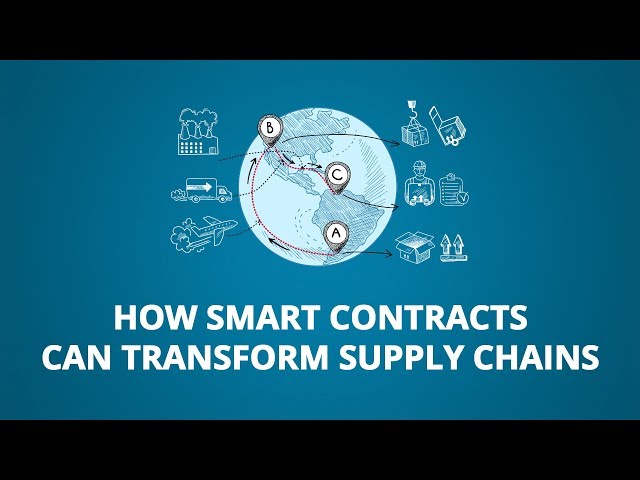How Will Emerging Technologies Improve Supply Chain?
Below you will find how emerging technologies improve supply chain. Artificial intelligence, blockchain, IoT, 3D-Printing, big data, autonomous robots, Web 3.0, AR, and the metaverse will create more improvements in the next 10 years than we have seen in the last 50.
3D-Printing and Supply Chain
3D printing, also known as additive manufacturing, is a process that involves building objects layer by layer using a variety of materials, such as plastics, metals, or ceramics. In the supply chain, 3D printing can be used to improve efficiency, reduce costs, and increase competitiveness. Here are some specific ways in which 3D printing can improve supply chain management:
- Reduced lead times: By using 3D printing to produce parts and products on-demand, it is possible to reduce the lead times of production and delivery, improving responsiveness to customer needs.
- Improved customization and personalization: By using 3D printing to produce customized or personalized products, it is possible to increase the variety and flexibility of offerings and enhance the customer experience.
- Enhanced supply chain resilience: By using 3D printing to produce spare parts and other critical items on-demand, it is possible to reduce the risk of supply chain disruptions and improve the resilience of operations.
- Reduced waste and environmental impact: By using 3D printing to produce parts and products on-demand, it is possible to reduce the waste and environmental impact of traditional manufacturing processes.
Artificial Intelligence and Supply Chain
Artificial intelligence (AI) is a field of computer science that involves the development of computer systems that can perform tasks that normally require human intelligence, such as learning, problem-solving, and decision-making. In the supply chain, AI can be used to improve efficiency, reduce costs, and increase competitiveness. Here are some specific ways in which AI can improve supply chain management:
- Optimization of routing and scheduling: By analyzing data on factors such as demand, transportation costs, and capacity, it is possible to optimize the routing and scheduling of shipments and reduce the time and cost of logistics operations.
- Demand forecasting: By analyzing data on past sales and market trends, it is possible to forecast future demand and optimize inventory levels. This can help to reduce excess inventory and improve customer service.
- Improved accuracy of inventory management: By analyzing data on demand, lead times, and other factors, it is possible to improve the accuracy of inventory management and reduce the risk of stockouts or excess inventory.
- Enhanced supplier management: By analyzing data on supplier performance and other factors, it is possible to identify opportunities for improvement and optimize the sourcing of materials and services.
- Predictive maintenance: By analyzing data on the performance and condition of equipment and other assets, it is possible to predict when maintenance or repairs will be needed and schedule them in advance, which can reduce downtime and improve the efficiency of operations.
Automated Trailer Unloading with Boston Dynamics Stretch Robot
AI for Supply Chain | Transform Your Legacy ERP Systems.
Artificial Intelligence Supply Chain Quotes
Autonomous Robots and Supply Chain
Autonomous robots are machines that are able to perform tasks and make decisions independently, without the need for human intervention. In the supply chain, autonomous robots can be used to improve efficiency, reduce costs, and increase competitiveness. Here are some specific ways in which autonomous robots can improve supply chain management:
- Improved efficiency and productivity: By using autonomous robots to perform tasks such as material handling, packaging, and sorting, it is possible to increase the efficiency and productivity of operations and reduce the need for manual labor.
- Enhanced accuracy and quality: By using autonomous robots to perform tasks with a high degree of precision and repeatability, it is possible to improve the accuracy and quality of work and reduce the risk of errors or defects.
- Increased flexibility and adaptability: By using autonomous robots that are able to learn and adapt to changing conditions, it is possible to increase the flexibility and adaptability of operations and respond more quickly to changing market conditions and customer needs.
- Reduced costs: By using autonomous robots to perform tasks that would otherwise be done by humans, it is possible to reduce labor costs and improve the bottom line.
Big Data and Supply Chain
Big data refers to the large volumes of structured and unstructured data that are generated by businesses and other organizations. In the supply chain, big data can be used to improve efficiency, reduce costs, and increase competitiveness. Here are some specific ways in which big data can improve supply chain management:
- Improved forecasting and demand planning: By analyzing data on past sales, market trends, and other factors, it is possible to forecast future demand and optimize inventory levels. This can help to reduce excess inventory and improve customer service.
- Enhanced visibility and traceability: By collecting and analyzing data on the movement of goods and other supply chain activities, it is possible to improve visibility and traceability, which can help to reduce the risk of delays or disruptions.
- Optimization of transportation routes and scheduling: By collecting and analyzing data on factors such as traffic, weather, and road conditions, it is possible to optimize routes and schedules and reduce the time and cost of transportation.
- Improved supplier management: By analyzing data on supplier performance and other factors, it is possible to identify opportunities for improvement and optimize the sourcing of materials and services.
- Enhanced risk management: By collecting and analyzing data on potential risks and vulnerabilities in the supply chain, it is possible to identify and mitigate potential issues before they occur.
Blockchain and Supply Chain
Blockchain is a decentralized, distributed database that enables secure, transparent, and tamper-proof record-keeping. In the supply chain, blockchain can be used to improve efficiency, reduce costs, and increase competitiveness. Here are some specific ways in which blockchain can improve supply chain management:
- Improved traceability: By creating a decentralized, distributed record of the movement of goods, it is possible to improve the traceability of products and reduce the risk of fraud or errors. This can be particularly useful for tracking the movement of perishable goods or high-value items.
- Increased efficiency: By enabling the exchange of information and documents between different parties in a secure and transparent manner, it is possible to reduce the time and cost of administrative tasks and improve the efficiency of supply chain operations.
- Enhanced security: By using cryptographic techniques to ensure the integrity and security of the data, it is possible to reduce the risk of tampering or unauthorized access to the supply chain information.
- Improved asset tracking and management: By creating a decentralized record of ownership and provenance, it is possible to track the movement and ownership of assets such as raw materials, finished goods, and equipment. This can help to improve the efficiency and accuracy of inventory management and reduce the risk of losses or errors.
Journey of Coffee – Blockchain Supply Chain Process
What is Industry 4.0? Includes Resources.
Using Smart Contracts to Transform Supply Chain.
Extended Reality (VR, AR, MR) and Supply Chain
Extended reality (XR) is a broad term that refers to a range of technologies that enable users to experience and interact with virtual or augmented reality environments. These technologies include virtual reality (VR), augmented reality (AR), and mixed reality (MR), which involves the combination of virtual and real-world elements. In the supply chain, XR can be used to improve efficiency, reduce costs, and increase competitiveness. Here are some specific ways in which XR can improve supply chain management:
- Enhanced training and onboarding: By using XR to provide interactive, immersive training experiences, it is possible to reduce the time and cost of onboarding new employees and improve their knowledge and skills.
- Improved maintenance and repair: By using XR to provide visual instructions and guidance, it is possible to reduce the time and cost of maintenance and repair operations and improve the accuracy and quality of work.
- Enhanced visualization and visualization: By using XR to provide real-time, interactive visualization of data and information, it is possible to improve the efficiency and accuracy of decision-making and problem-solving.
- Improved customer service: By using XR to provide interactive, immersive experiences for customers, it is possible to enhance the customer experience and increase customer loyalty.
IoT and Supply Chain
The Internet of Things (IoT) refers to the interconnected network of devices that can collect and share data over the internet. In the supply chain, IoT can be used to improve efficiency, reduce costs, and increase competitiveness. Here are some specific ways in which IoT can improve supply chain management:
- Real-time tracking and visibility: By attaching sensors and RFID tags (radio-frequency identification) to shipments, it is possible to track the movement of goods in real-time and monitor their condition (such as temperature or humidity). This can help to reduce the risk of damage or loss and enable more efficient and timely deliveries.
- Predictive analytics: By analyzing data from sensors and other sources, it is possible to forecast demand and optimize inventory levels. This can help to reduce excess inventory, which can save costs and improve customer service.
- Optimization of transportation routes: By collecting data on factors such as traffic, weather, and road conditions, it is possible to optimize routes and reduce the time and cost of transportation. This can also help to reduce the environmental impact of logistics operations.
- Improved maintenance and repair: By collecting data on the performance and condition of equipment and other assets, it is possible to predict when maintenance or repairs will be needed and schedule them in advance, which can reduce downtime and improve the efficiency of operations.
Metaverse and Supply Chain
The metaverse is a virtual reality space that is created and maintained by a network of computers and servers, and which users can access and interact with using specialized devices such as virtual reality headsets or augmented reality glasses. In the supply chain, the metaverse can be used to improve efficiency, reduce costs, and increase competitiveness. Here are some specific ways in which the metaverse can improve supply chain management:
- Enhanced training and onboarding: By using the metaverse to provide interactive, immersive training experiences, it is possible to reduce the time and cost of onboarding new employees and improve their knowledge and skills.
- Improved collaboration and communication: By using the metaverse to connect people from different locations and organizations, it is possible to improve communication and collaboration, enabling more efficient and effective decision-making and problem-solving.
- Enhanced visualization and visualization: By using the metaverse to provide real-time, interactive visualization of data and information, it is possible to improve the efficiency and accuracy of decision-making and problem-solving.
- Improved customer service: By using the metaverse to provide interactive, immersive experiences for customers, it is possible to enhance the customer experience and increase customer loyalty.
Mark Zuckerberg: Future of Artificial Intelligence.
Virtual Reality and Augmented Reality Quotes.
Microsoft Artificial Intelligence Future of Work Event.
RPA and Supply Chain
Robotic process automation (RPA) is a technology that enables the automation of repetitive, rules-based tasks by creating software “bots” that can mimic human actions and work alongside humans. In the supply chain, RPA can be used to improve efficiency, reduce costs, and increase competitiveness. Here are some specific ways in which RPA can improve supply chain management:
- Improved efficiency and productivity: By using RPA to automate repetitive, rules-based tasks, it is possible to increase the efficiency and productivity of operations and reduce the need for manual labor.
- Enhanced accuracy and quality: By using RPA to perform tasks with a high degree of precision and repeatability, it is possible to improve the accuracy and quality of work and reduce the risk of errors or defects.
- Increased flexibility and adaptability: By using RPA that is able to learn and adapt to changing conditions, it is possible to increase the flexibility and adaptability of operations and respond more quickly to changing market conditions and customer needs.
- Reduced costs: By using RPA to perform tasks that would otherwise be done by humans, it is possible to reduce labor costs and improve the bottom line.
Web 3.0 and Supply Chain
Web 3.0, also known as the “Semantic Web,” is a concept that refers to the next generation of the internet, in which data is more interconnected and intelligent, enabling more sophisticated and personalized experiences for users. In the supply chain, Web 3.0 technologies can be used to improve efficiency, reduce costs, and increase competitiveness. Here are some specific ways in which Web 3.0 can improve supply chain management:
- Enhanced data analysis and decision-making: By using Web 3.0 technologies such as machine learning and natural language processing, it is possible to analyze data from various sources and make more informed and accurate decisions.
- Improved personalization and customization: By using Web 3.0 technologies such as artificial intelligence and the Internet of Things, it is possible to provide more personalized and customized experiences for customers, increasing loyalty and satisfaction.
- Enhanced collaboration and communication: By using Web 3.0 technologies such as social media and instant messaging, it is possible to improve communication and collaboration between different parties in the supply chain, enabling more efficient and effective decision-making and problem-solving.
- Improved traceability and transparency: By using Web 3.0 technologies such as blockchain and smart contracts, it is possible to improve traceability and transparency in the supply chain, reducing the risk of errors or fraud and increasing trust and confidence.
Emerging Technology Training and Resources
- 5 Mind-blowing Artificial Intelligence Tools
- ChatGPT Can Write better Code Than Me.
- Explaining the Metaverse: The Future of the Internet.
- How to Eliminate Cost in the Supply Chain.
- Investing in Disruptive Innovation – Business Impact.
- Is Supply Chain Important? Response by ChatGPT – Artificial Intelligence.
- It’s Time to Pay Attention to Artificial Intelligence (ChatGPT and Beyond).
- IoT Supply Chain Management.
- Learn to Innovate Supply Chain in an Hour.
- Overall Supply Chain Management Process.
- TOP 7 Emerging Technologies That Will Change Our World!
- Tutorial ChatGPT: 5 Mind-Blowing Ways To Use This AI.
- What is ChatGPT and How You Can Use It.
- What is Supplier Management?
- Why use Blockchain in supply chain?
“Blockchain provides supply chain capabilities that were not possible in the recent past.” ~Dave Waters
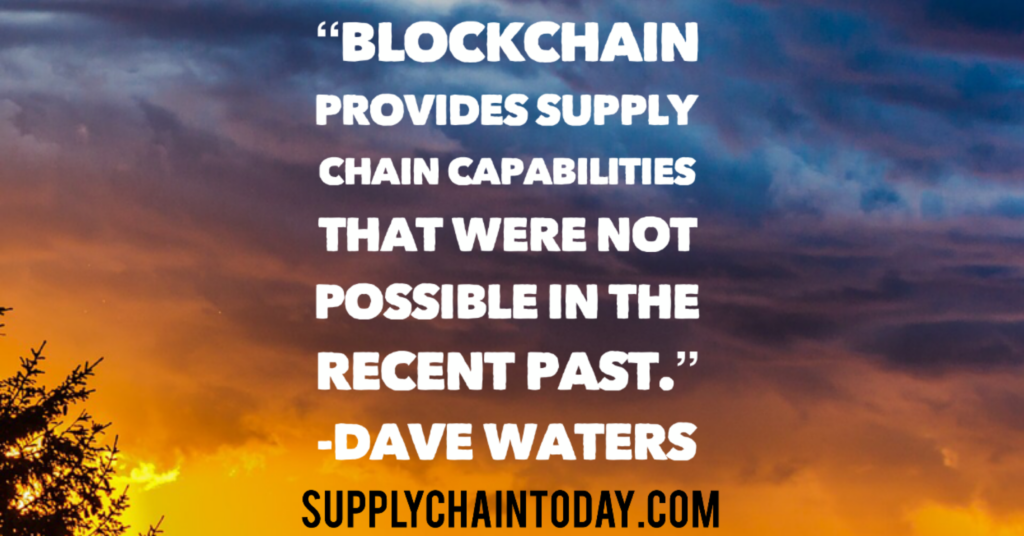
“The most important investment you can make is in yourself.” ~Warren Buffett
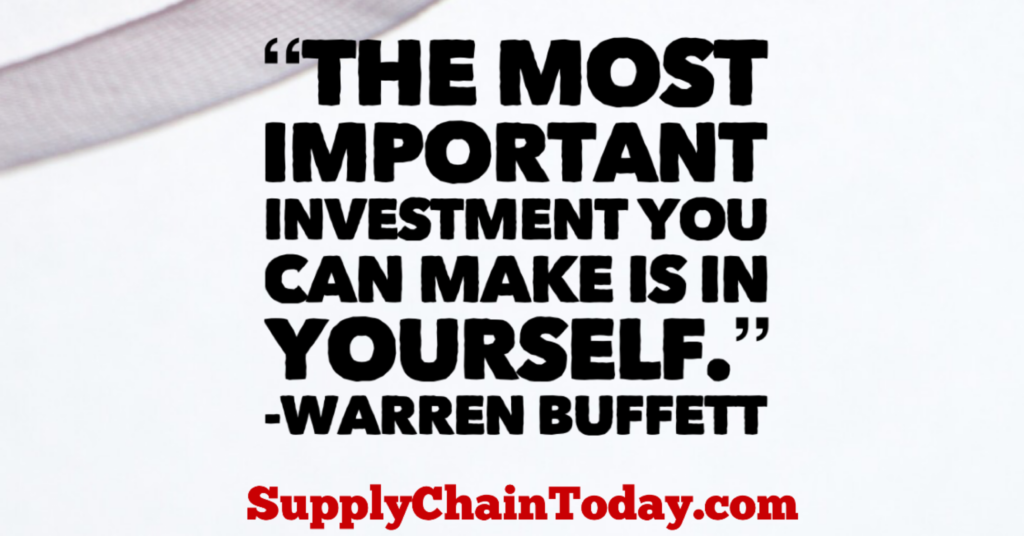
“Predicting the future isn’t magic, it’s artificial intelligence.” ~Dave Waters

